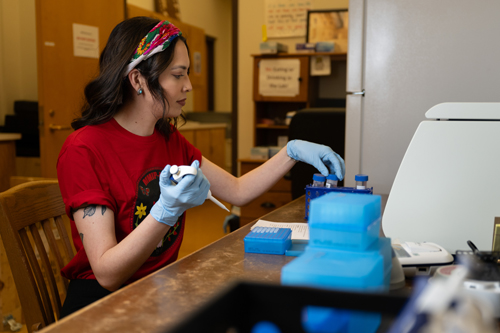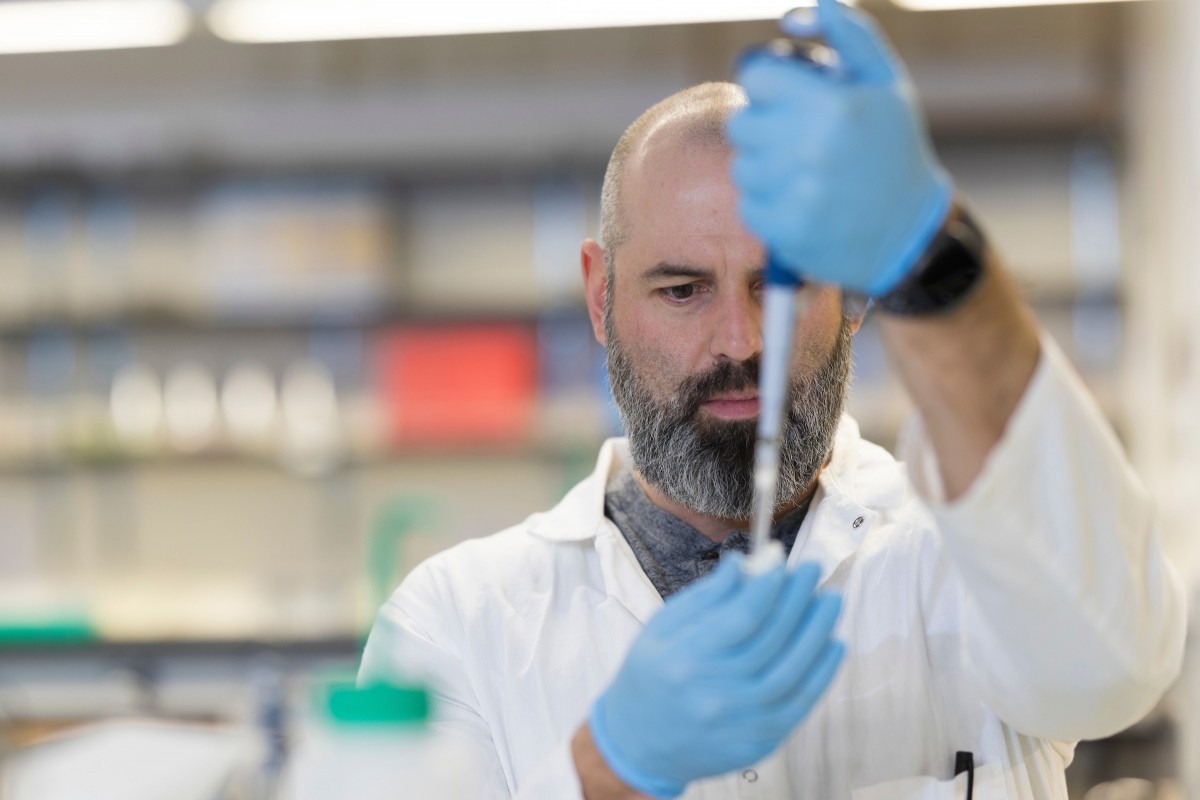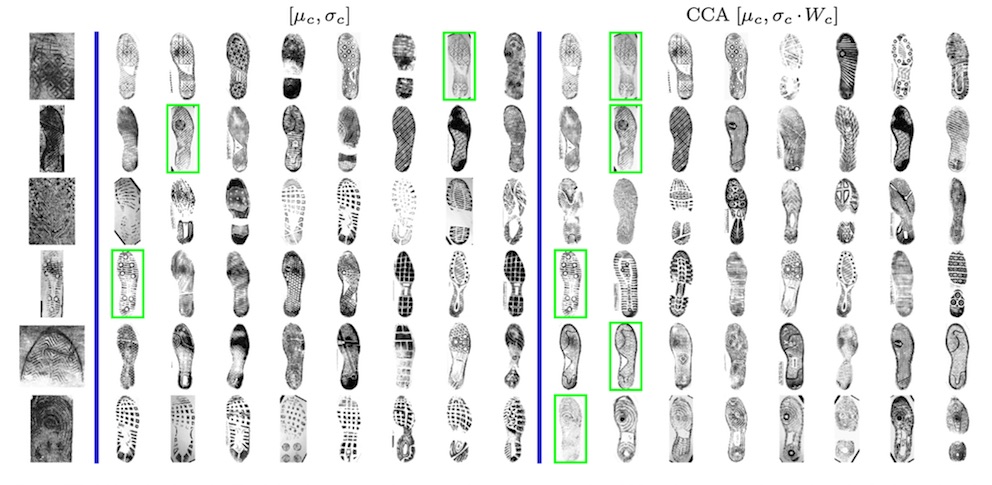Haley Omeasoo was already studying forensic science at the University of Montana when she saw the poster that redefined her life.

news, journals and articles from all over the world.

Haley Omeasoo was already studying forensic science at the University of Montana when she saw the poster that redefined her life.

A technique originally devised to extract DNA from woolly mammoths and other ancient archaeological specimens can be used to potentially identify badly burned human remains, according to research from Binghamton University, State University of New York.
If forensic experts have access to a suspect’s gun, they can compare the microscopic markings from discarded shell casings with those found at a crime scene. Finding and reporting a mismatch can help free the innocent, just as a match can incriminate the guilty. But new research reveals mismatches are more likely than matches to be reported as “inconclusive” in cartridge-case comparisons.
In Physics of Fluids, researchers model the behavior of blood drops during secondary atomization to examine how the phenomenon affects a crime scene. The team examined different starting droplet sizes, confirming their model with experiments. They found the effect of secondary atomization was significant and predictable: The smaller droplets were easier to sweep up by the firearm’s gases and turn around toward the victim. This discovery could explain how a short-range shooter might stay clean from blood stains.
A forensic science study sheds light on how the bones of infants and juveniles decay. The findings will help forensic scientists determine how long a young person’s remains were at a particular location, as well as which bones are best suited for collecting tissue samples to help ID the deceased.

Costa Rica is known around the world over for its rainforests, coffee and beaches. But despite Costa Rica’s reputation for safety and its recent economic growth, criminals use its strategic location for smuggling activities. A team of U.S. forensic science experts, led by two WVU professors from Costa Rica, aim to fix that.

The National Institute of Standards and Technology has renewed support for the Center for Statistics and Applications in Forensic Evidence, adding five years and up to $20 million of support.
A chemist who is the director of Lawrence Livermore National Laboratory’s Forensic Science Center is the recipient of the 2020 “Outstanding Early Career Achievement in Forensic Science Award.”